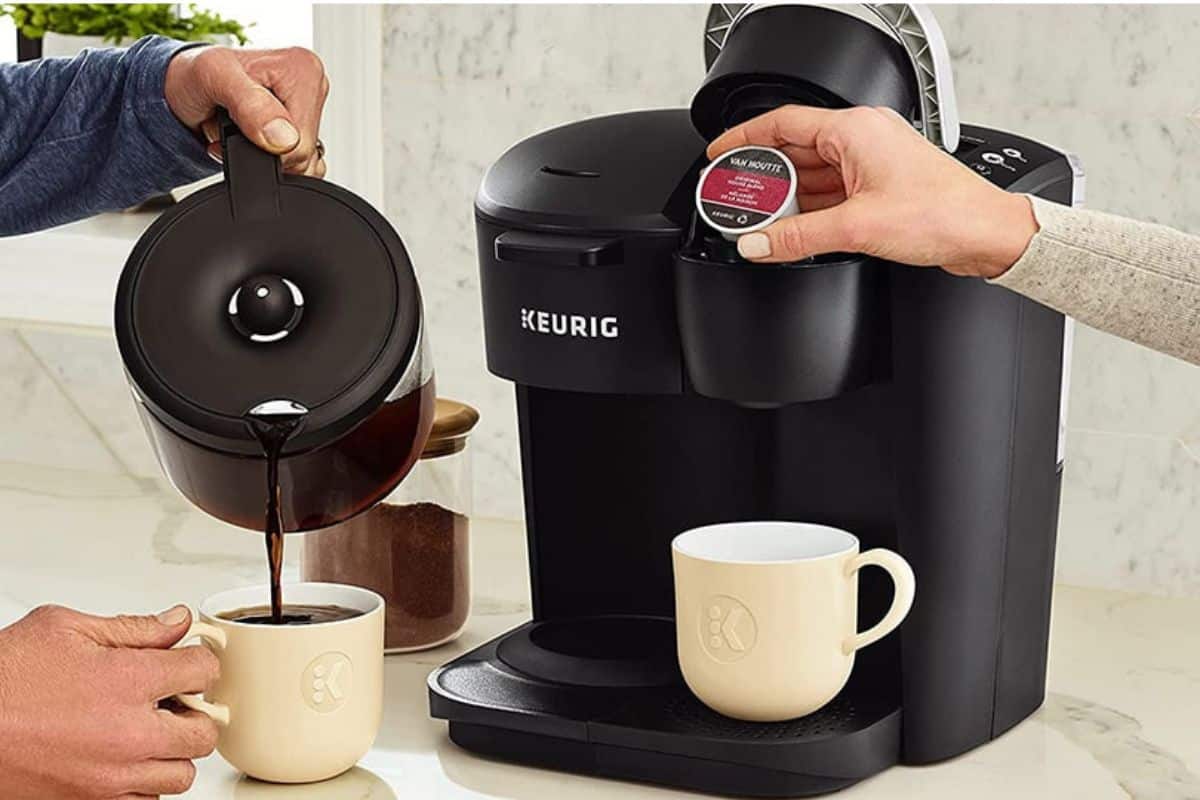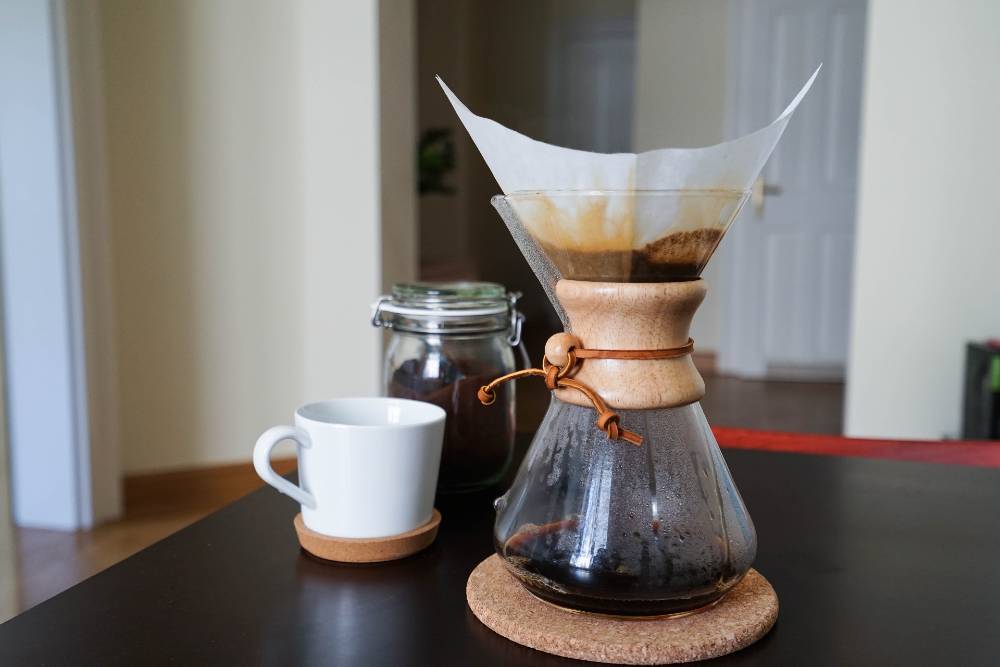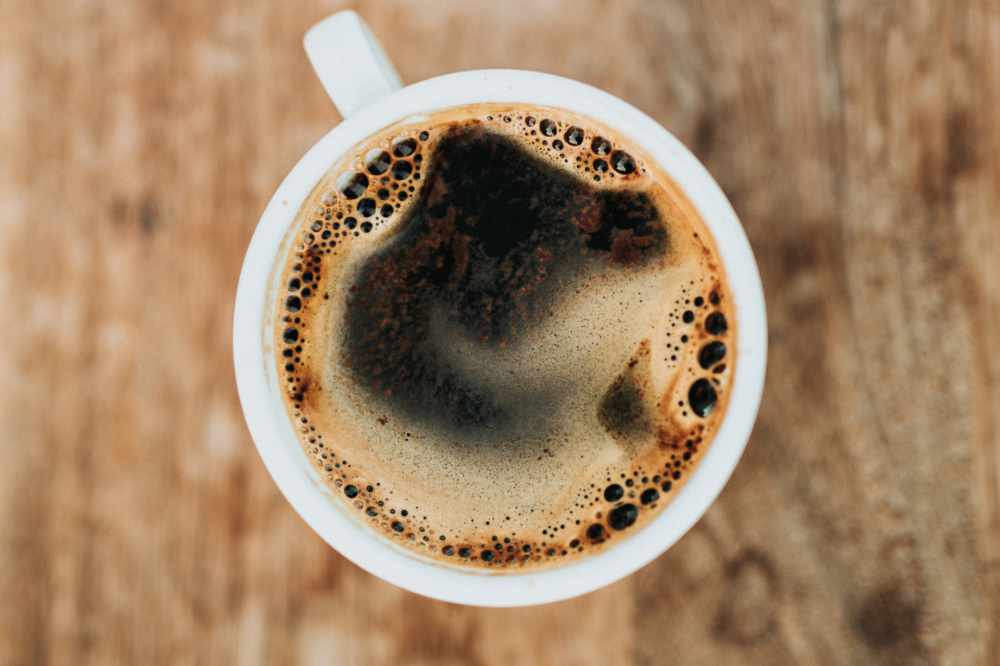We all love a rich, tasty cup of coffee first thing in the morning, there’s nothing quite like it to wash away that drowsy feel. Brewing your own whole bean coffee can be a real blessing as not only does it save you money in the long run, but you get to adjust and tweak your technique until it tastes perfect.
The reality is, this is easier said than done, and it’s not unusual to find that your coffee just doesn’t taste as good as your local coffee shop can produce. If you find yourself asking the question, ‘how can I make my coffee taste good?’ then you’re not alone.
There are a few things to consider when brewing great-tasting coffee and to start with, you need the appropriate kind of coffee that’s fresh alongside clean equipment. It’s important to get to grips with coffee brewing basics but in reality, if all else fails, then a splash of milk or a spoonful of sugar will hide all manner of sins!
To find out how you can easily elevate your coffee brewing game then read on!
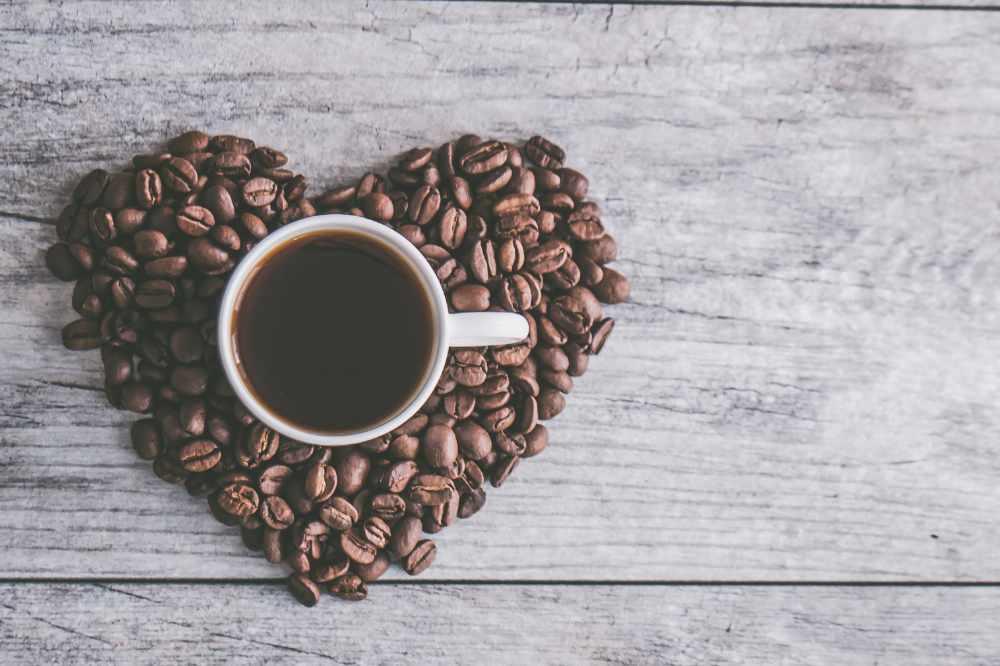
Why Does My Coffee Taste Bad?
If you’ve noticed that every time you brew a cup of coffee it’s just not as fresh as your local coffee shop then the reason for this can be down to a number of factors. Brewing coffee does take some practice and the method can differ a lot between brewing methods. Here are the main reasons why your coffee just isn’t up to scratch and what you can do to ensure your next cup of coffee tastes better.
Choosing Your Coffee Beans

The first thing to consider when you set out to brew any kind of coffee is the beans you are going to be using. Coffee either comes in pre-ground or whole bean form. Pre-ground coffee is easy to use but the act of grinding the beans means they lose a lot of flavors and aromas. To get the freshest taste in your cup of coffee it’s best to buy whole beans and use your own coffee grinder for each batch.
Taking this a step further, choosing freshly roasted coffee beans from a local roastery will give you fresh coffee that casts grocery store coffee in the shade. The type of coffee you choose depends on your brew method as well as your taste preferences.
Light vs Dark Roast
Lighter roast coffee beans are higher in acidity and caffeine and have complex flavor notes. They brew coffee with a fruity or floral taste with a pleasant brightness and light mouthfeel to the cup. They are ideal for pour-over (like the Chemex), Aeropress, and drip coffee.
Darker roasts are in the roaster for longer and this breaks down some of the acids as well as the caffeine. The beans have bold, single-note flavors and are often shiny on the surface where they have released their oils. They brew coffee with a thicker mouthfeel and strong, bold flavors like burnt caramel, chocolate, woody, and smokey notes. Dark roasts are ideal for French press, espresso machines, cold brew, and a Moka pot.
Not sure which is best for you? Why not try a medium roast wake up your taste buds and see which flavor notes you prefer.
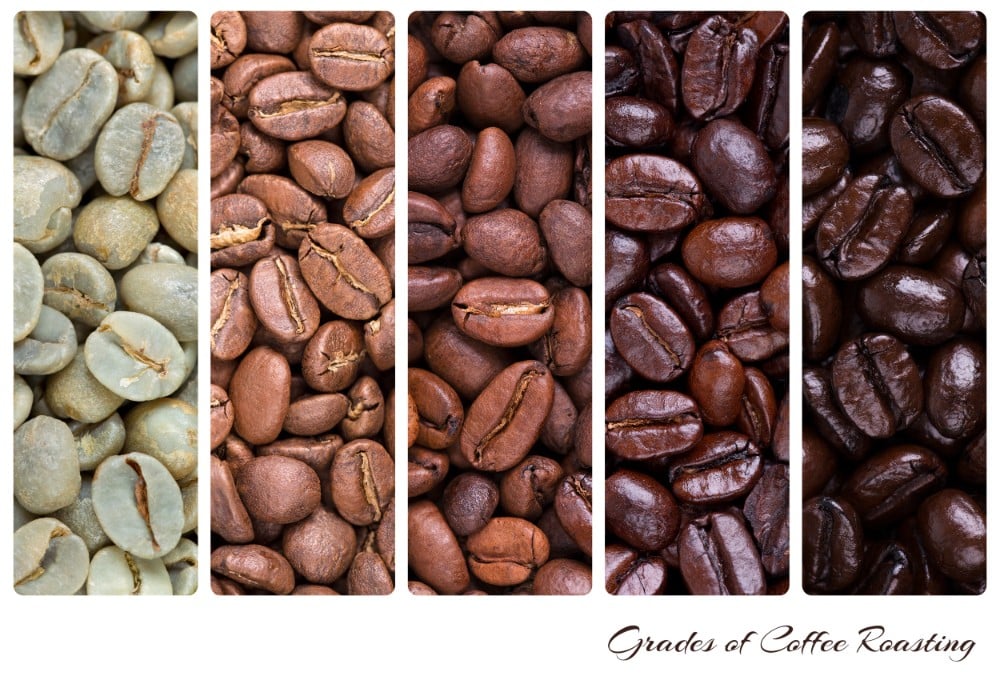
Straight From The Pantry?
If you already have some coffee sitting in the pantry it’s worth checking out whether this is the culprit of your bad coffee experience. The first thing to check is the use-by date as coffee can go off if left for too long. The best coffee is made around 10 days to 2 weeks after the roasting date. After this time coffee starts to lose its fresh taste and by 2 months old you will really notice the difference. by 6 months the coffee will be pretty bland and unpleasant so make sure you use it before this time.
If you are storing your coffee beans make sure you do so correctly as this can really extend its lifespan. Make sure it’s in an airtight container, ideally a dark one away from sunlight. Avoid areas that are damp or prone to odors like beside the cooker or refrigerator. Keep them at room temperature and you’ll coffee will taste all the better for it!
Check Your Coffee Maker

So now you have lovely fresh coffee beans, the next thing to help your coffee taste better is checking your machine. Make sure it’s clean and free from coffee oil residue as this leaves a bitter coffee taste. Descale your coffee machine as the manufacturer recommends and make sure you rinse it through with plenty of clean water afterward.
Have You Considered the Water?
Filtered Is Best
Great coffee is only brewed with good tasting water so if the water tastes a little off then so will your coffee. Tap water is often full of minerals and impurities that give a bitter taste to the coffee and also affect the extraction process. Filtered water is best for your coffee as well as for your coffee machine.
Water Temperature is Critical
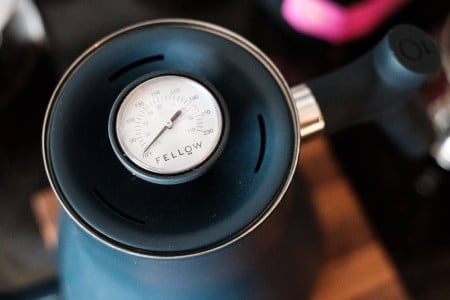
Making a delicious cup of joe is not always as simple as adding hot water from the kettle straight over some coffee beans. The water actually needs to be an ideal temperature to fully extract the coffee flavors yet avoid burning your beans.
This ideal temperature (as stated by the specialty coffee association) is around 195-205F so that’s 93-96C. If the water is colder than this it’s likely to brew a weak, under-extracted pot of coffee, and higher than this will cause a bitter, burnt, astringent cup.
Brewing Your Coffee
Brew Ratio
The coffee to water ratio is another really important consideration when you’re trying to achieve the perfect cup of coffee. It varies between brew methods and can also be adjusted to suit your taste but without weighing your ingredients, you’ll never end up with a consistent flavor.
For french press, pour-over, and similar brew methods a 1:15 ratio is ideal for most coffee drinkers. Espresso takes a 1:2 ratio and cold brew concentrate can be anywhere between a 1:4 to a 1:7 ratio.
Find the perfect brew ratio with a bit of trial and error and then you’ll always know how much coffee and water to use to get your favorite strength of coffee.
Timing
The timing of your coffee brewing process is something a lot of people overlook when it can actually have a huge impact on how your coffee tastes. The general rule is, the coarser the coffee used, the slower the brewing, and finer coffee grounds have a faster brewing time. French press takes 4 minutes to brew whereas espresso is around 25-30 seconds. Make sure you’re not taking too long over the brewing process otherwise your coffee will end up tasting bitter.
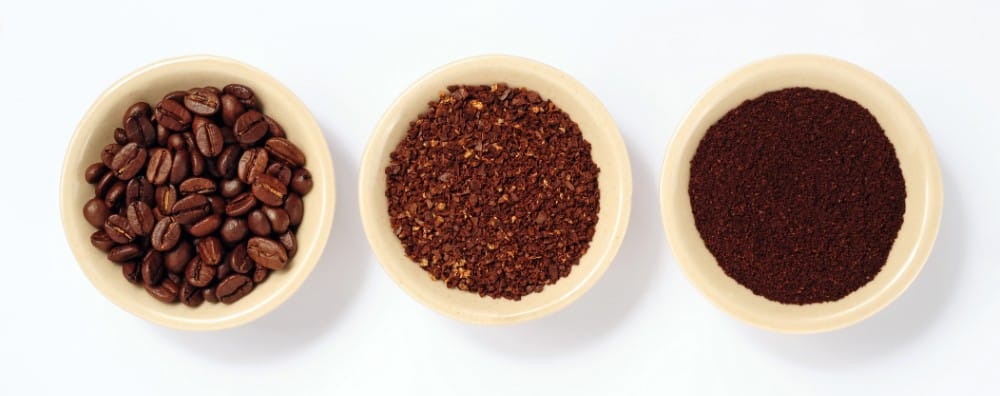
Grind Size
Choosing the correct grind size for your chosen brew method can make or break your next cup of java. Here is a grind size chart for the most common brew methods.
Turkish Coffee
Turkish coffee requires extremely fine grounds that are powdery like powdered sugar.
Espresso
Espresso brewing needs a fine grind size but not as fine as Turkish coffee. Espresso grind is a tricky skill to master as it can vary with the type of coffee and espresso maker used. A bit of trial and error is typically needed.
Aeropress and Moka Pot
These two brew methods use the same grind coffee beans. They need a medium-fine grind that’s somewhere between table salt and sand.
Pour-Over and Drip Coffee
These brew methods require a medium grind size. That’s somewhere between sand and sea salt in texture.
French Press and Percolator
Similar to cold brew these two brew methods require a coarser grind. It can range from a medium-coarse grind to a very coarse one.
If You Still Need A Little Something to Make Coffee Taste Good

Despite following all these steps, black coffee can still be a little bit strong for some individuals liking. It may sound counter-intuitive but a pinch of salt can actually round off bitter flavor notes and give a more balanced flavor to your coffee.
A splash of creamer is always a good shout to remove that bitter edge and the options are endless. From artificially sweetened options to milk, cream, and a whole host of non-dairy options, there’s one for every kind of coffee lover.
There’s always a good old-fashioned spoonful of sugar to sweeten your drink and it’s not just plain white granules that work. You can add any kind of sugar from soft brown to coconut sugar. Liquid sugars like honey, maple syrup, and simple syrup also work great. Starbucks has a whole range of flavored syrup options to make your home brewed coffee taste as good as any barista can produce.
Natural sweeteners are a good option to take away the bitter edge of your coffee whilst not adding anything unhealthy to it. Some vanilla extract or natural cacao powder is a good option or why not try a pinch of cinnamon or allspice? Some people enjoy a squeeze of lemon in their espresso to balance out the flavors and this can be a lovely fresh treat in a cool iced coffee on a hot summer’s day.
Final Thoughts
There’s a lot to cover when it comes to brewing the perfect cup of coffee and unless you understand your brewing method, you’ll struggle to brew a consistently great-tasting cup. Make sure your beans are fresh and your coffee pot is clean and you’ll be well on your way to the best tasting cup of joe you’ve ever had. If you’ve tried your best and things still go wrong, don’t stress. Just add a little something extra and you will easily cover up any bitter taste for good!



